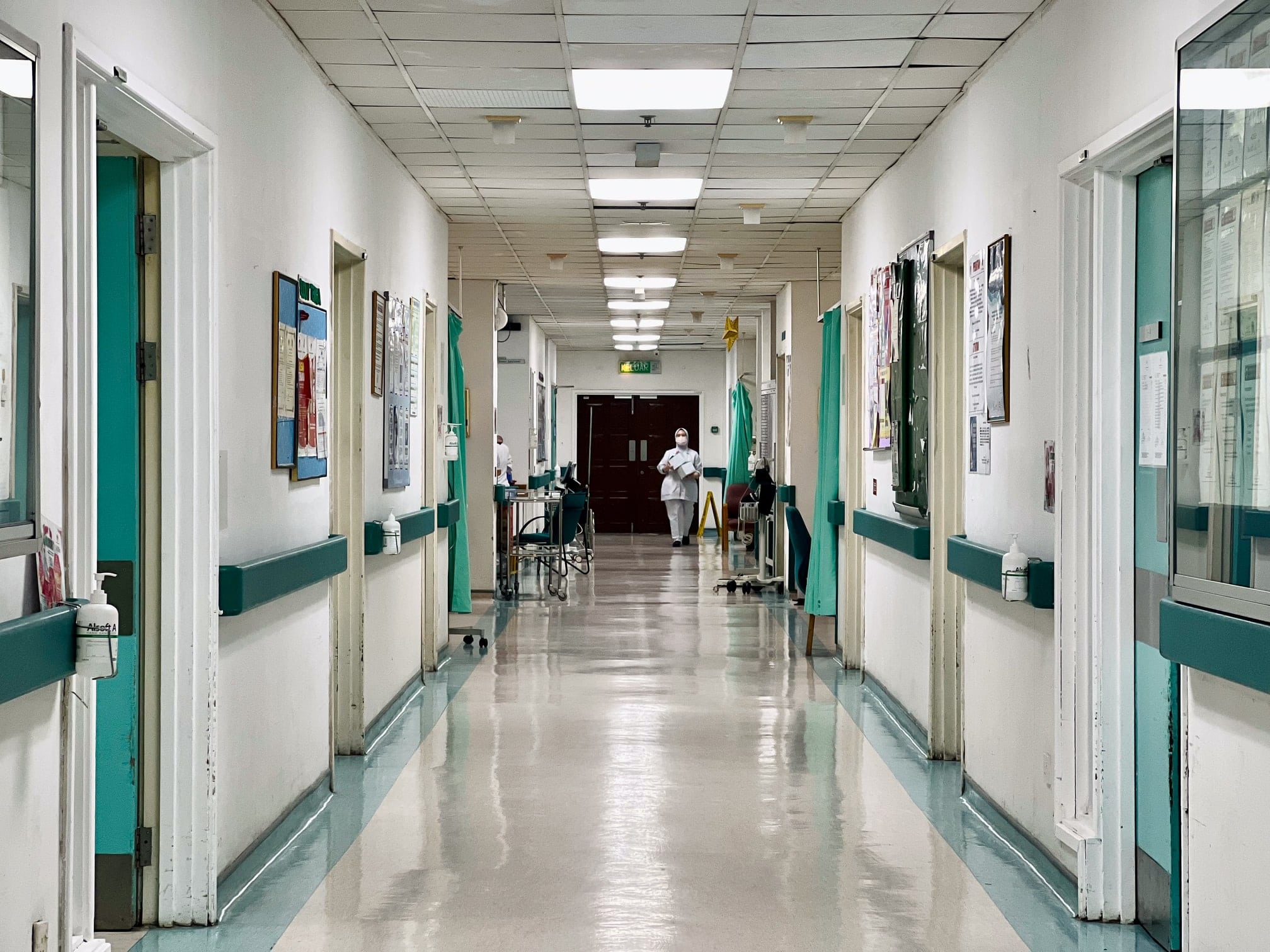KUALA LUMPUR, April 5 – The resignations of nurses with post-basic qualifications from the Ministry of Health (MOH) have doubled over the past five years, according to official data.
Health Minister Dzulkefly Ahmad told Senator Dr RA Lingeshwaran in a written Dewan Negara reply yesterday that there were 352 resignations between 2019 and 2023 out of 38,921 nurses with post-basic qualifications.
Dzulkefly provided a breakdown that showed a fluctuating pattern of resignations, with 2023 recording an increase of almost 100 per cent in five years:
Dr Lingeshwaran described the resignation figures of highly qualified nurses from the MOH as a “real threat” in addition to the ongoing attrition among medical officers and specialists.
“Back in 2019, 60 nurses with post-basic qualifications left the ministry. The number tapered down slightly in 2020 and 2021 with 42 and 54 nurses left service, respectively.
“This is probably due to the height of the Covid-19 pandemic where there may be a strong calling to serve the country during a health crisis as well as slow demand from the private health care facilities. Post-pandemic, we are seeing the [resignation] numbers increase again to 78 in the year 2022 to a high of 118 nurses last year.
“As it is, we are already facing a huge mismatch in terms of nurse to population ratio in the country. This new data revealed that drastic actions need to be taken to safeguard the interest of the nursing profession in Malaysia as well as meeting the health care demand of the country, especially in the public health care sector,” Dr Lingeshwaran said in a statement today.
According to the MOH’s Health Indicators 2023, Malaysia’s nurse-to-population ratio stood at 1:279 or 3.6 per 1,000 population in 2022.
“The OECD average for nurse-to-population ratio stands at 9.2 per 1,000 population in 2021. We are about 2.5 times worse off in terms of nursing staff strength in the country. Asian countries like Japan and the Republic of Korea are also miles ahead of us with 12.1 per 1,000 population and 8.8 per 1,000 population respectively,” said Dr Lingeshwaran.
“The OECD average for nurse to population ratio stands at 9.2 per 1,000 population in the year 2021. We are about 2.5 times worse off in terms of nursing staff strength in the country. Asian countries like Japan and the Republic of Korea are also miles ahead of us with 12.1 per 1,000 population and 8.8 per 1,000 population respectively,” said Dr Lingeshwaran.
In the parliamentary reply, Dzulkefly stated that MOH prioritises the welfare of health care personnel. MOH is participating in a study on the Public Service Remuneration System (SSPA) by the Public Service Department (JPA).
A total of 5,261 inputs/ suggestions have been gathered from various sources such as State Health Departments, hospitals, institutions, association representatives, and unions, and submitted to JPA.
One of the inputs suggested was to increase the Post Basic Incentive Allowance (BIPB).









